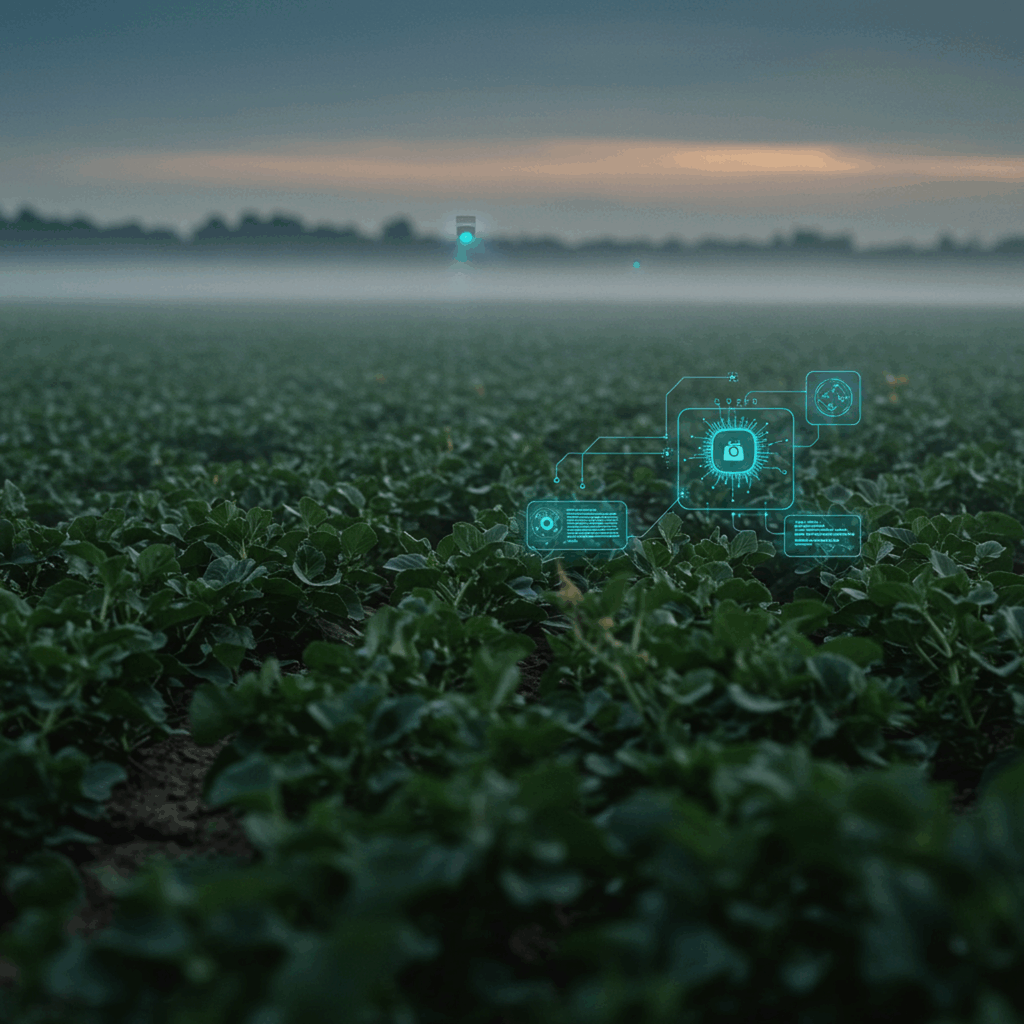In the rapidly evolving landscape of agriculture, artificial intelligence (AI) is playing a pivotal role in driving innovation and efficiency. One of the foundational components enabling this transformation is data annotation and labeling. By accurately tagging agricultural data—from images and videos to sensor inputs—farmers and agronomists can harness the full potential of AI to make smarter, faster, and more sustainable decisions.
Why Annotation & Labeling Matter in Agriculture:
Annotation and labeling involve the process of identifying and classifying objects or patterns in datasets, which are then used to train machine learning models. In agriculture, the diversity and complexity of natural environments make this process especially important. When done correctly, annotated data becomes the backbone of high-performing AI systems that can revolutionize farming practices.
Here’s how accurate agricultural annotation and labeling are transforming modern farming:
🌱 1. Enhanced Crop Disease Detection:
Accurate image annotation allows AI models to detect early signs of crop diseases, often before they’re visible to the human eye. By labeling affected leaves, stems, or fruits in image datasets, algorithms can be trained to recognize disease patterns across different crops and regions. This early detection minimizes crop loss, reduces the need for chemical treatments, and helps maintain food security.
🌾 2. Improved Yield Prediction Accuracy:
Annotated satellite imagery, drone footage, and field sensor data are instrumental in forecasting crop yields with greater precision. By tagging elements like plant density, growth stages, and environmental factors, AI can analyze trends and anomalies to deliver more accurate yield predictions.
🐛 3. Precise Pest Identification:
AI-powered pest recognition relies on detailed annotation of pests in images and video data. Through robust labeling, models can differentiate between pest species, identify their life stages, and even predict infestation spread. This precision enables farmers to implement targeted pest control strategies, reducing pesticide use and environmental impact.
🌿 4. Automated Weed Detection and Control:
Weed identification is another critical application of labeled agricultural data. By annotating images with weed types and locations, AI systems can distinguish between crops and invasive plants. This empowers automated machinery and drones to perform site-specific weed control, leading to better crop health and reduced herbicide dependency.
🌍 5. Soil Quality and Nutrient Analysis:
Sensor data and ground imagery annotated with soil characteristics—such as moisture levels, pH, and nutrient composition—are vital for assessing soil health. AI models trained on this labeled data can make real-time recommendations for fertilization, irrigation, and crop rotation strategies. The result is more sustainable land management and improved long-term agricultural productivity.
✅ Conclusion:
Accurate annotation and labeling are the unseen yet essential forces behind the success of AI in agriculture. From early disease detection to precise pest control and smarter yield forecasting, well-labeled data empowers AI to make farming more efficient, sustainable, and resilient. As the agriculture industry continues to embrace technology, high-quality data annotation will remain key to cultivating a smarter future for farming.

